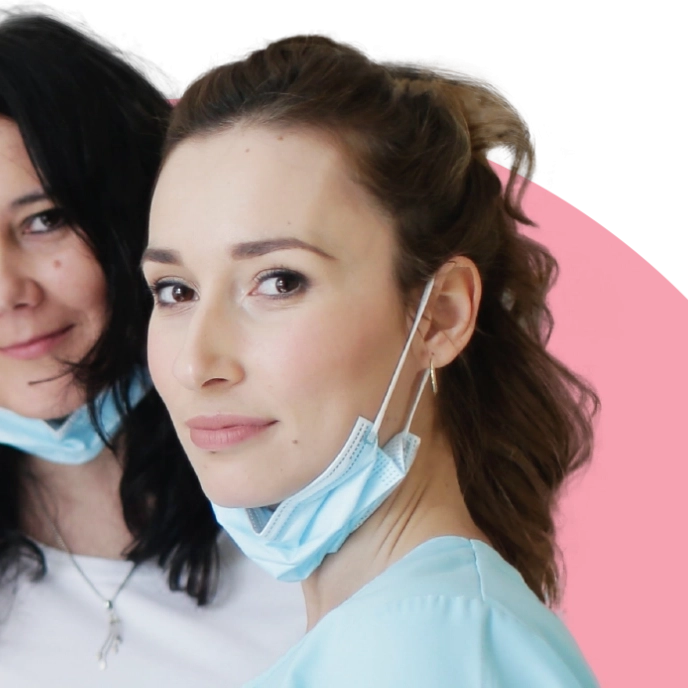How Often Should a Short-Haired Dog Be Groomed?
In the vast realm of pet ownership, dogs arrive in an assortment of shapes, sizes, and coat types. While the grooming needs of long-haired breeds often steal the spotlight, short-haired dogs deserve our attention too. Grooming isn’t just about aesthetics; it’s a fundamental aspect of your dog’s overall health and well-being. So, how often should you groom your short-haired canine companion? In this extensive article, we will delve deep into the factors that influence grooming frequency and provide you with comprehensive insights and practical tips to ensure that your short-haired pup looks and feels their absolute best.
Understanding Short-Haired Dog Breeds
Short-haired dog breeds, sometimes referred to as smooth-coated breeds, possess coats that are relatively shorter in length and generally lie flat against the skin. Some well-known examples of short-haired breeds include Dachshunds, Boxers, Beagles, and Great Danes. Despite their shorter fur, these dogs still require regular grooming to maintain their overall health and comfort.
Factors Influencing Grooming Frequency
The grooming needs of short-haired dogs can vary significantly based on several factors. To provide the best care for your furry friend, it’s essential to consider these factors when determining how often grooming is necessary.
1. Breed Specificity
Different short-haired breeds may have unique grooming requirements. Some breeds shed more frequently than others. For instance, a breed like the Dalmatian has short hair but tends to shed year-round, whereas a Greyhound’s short coat sheds very little. Understanding your dog’s breed-specific needs is a crucial first step in establishing an effective grooming routine.
2. Seasonal Changes
Short-haired dogs are not immune to the effects of seasonal changes. Just like their long-haired counterparts, they may shed more during certain seasons, particularly in the spring and fall when they transition between their winter and summer coats. During these times, increased grooming may be necessary to manage shedding and prevent excessive fur buildup in your home.
3. Skin Health
The condition of your dog’s skin plays a pivotal role in determining grooming frequency. Dogs with sensitive or dry skin may require less frequent bathing and brushing to prevent skin irritation. Conversely, if your dog has oily skin or is prone to skin issues, more frequent grooming may be necessary to maintain skin health.
4. Activity Level
A dog’s activity level can also influence how quickly they accumulate dirt and debris in their coat. Short-haired dogs that are highly active and spend a significant amount of time outdoors may require more frequent grooming sessions to keep their coat clean and free from foreign particles.
Establishing a Comprehensive Grooming Routine
Now that we’ve taken a deep dive into the factors influencing grooming frequency, let’s create a comprehensive grooming routine tailored to your short-haired dog’s unique needs.
1. Brushing
Regular brushing is a cornerstone of short-haired dog grooming. Aim to brush your furry friend at least once a week to remove loose hair, dirt, and debris. Brushing not only keeps their coat looking sleek but also stimulates blood flow to their skin, promoting overall skin health.
2. Bathing
Short-haired dogs typically require baths every 2 to 3 months, or as needed. Using a mild dog shampoo specifically formulated for their skin and coat is essential to prevent drying out their skin. Be mindful not to overdo it with baths, as excessive bathing can strip their coat of natural oils.
3. Nail Care
Checking your dog’s nails regularly is crucial. Overgrown nails can be uncomfortable for your pet and may affect their mobility. Trim their nails as needed, and if you’re unsure about how to do it safely, consider seeking guidance from a professional groomer or veterinarian.
4. Ear Cleaning
Ear hygiene is often overlooked but is an integral part of grooming. Clean your dog’s ears as part of their regular routine to prevent ear infections. Use a veterinarian-recommended ear cleaning solution and a soft cloth to gently clean their ears.
Signs It’s Time for Grooming
In addition to your established grooming routine, it’s crucial to be attentive to signs that indicate it’s time for a grooming session. These signs may include:
- Excessive shedding: If you notice a sudden increase in shedding or the presence of mats or tangles in your dog’s coat, it’s time for a grooming session.
- Foul odor: A persistent unpleasant odor can be a sign of a dirty or irritated coat that needs attention.
- Tangled or matted fur: Mats and tangles can be uncomfortable for your dog and should be addressed promptly.
- Itching or redness on the skin: Any signs of skin irritation or discomfort should not be ignored and may require specific grooming measures.
Conclusion
In conclusion, grooming your short-haired dog is not merely a matter of aesthetics; it’s an essential component of responsible pet ownership. By understanding the various factors that influence grooming frequency and following a comprehensive grooming routine tailored to your dog’s unique needs, you can ensure that your four-legged companion remains healthy, happy, and comfortable in their short-haired glory.
FAQs (Frequently Asked Questions)
1. How often should I brush my short-haired dog?
To maintain their coat and remove loose hair, it’s advisable to brush your short-haired dog at least once a week.
2. Can I use human shampoo on my short-haired dog?
No, it’s best to use a mild dog shampoo specifically formulated for canine skin and coat to avoid skin issues.
3. What if my short-haired dog doesn’t like baths?
Gradual introduction to baths, positive reinforcement, and making the experience as comfortable as possible can help ease your dog’s bath-time anxiety.
4. How can I prevent ear infections in my short-haired dog?
Regularly cleaning your dog’s ears using a veterinarian-recommended ear cleaning solution and a soft cloth can help prevent ear infections.
5. Is it necessary to trim my short-haired dog’s nails?
Yes, trimming your dog’s nails is essential to prevent discomfort and maintain their mobility.

